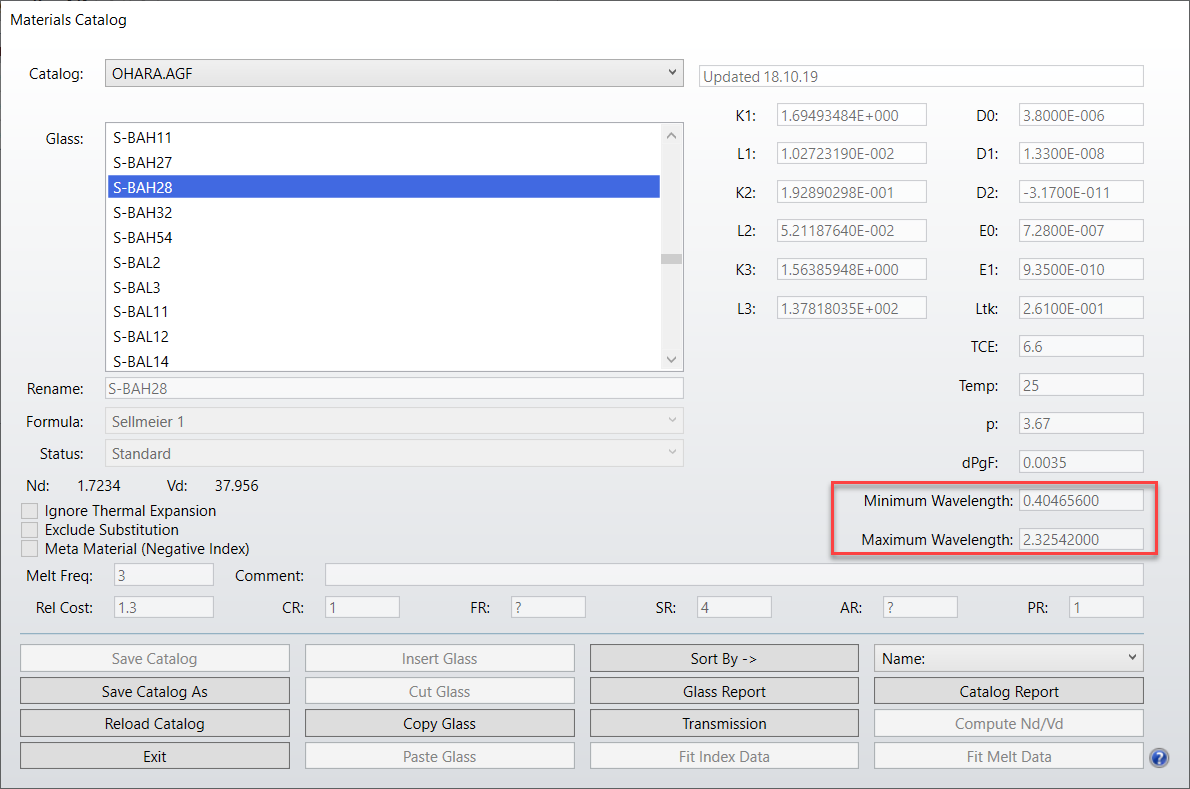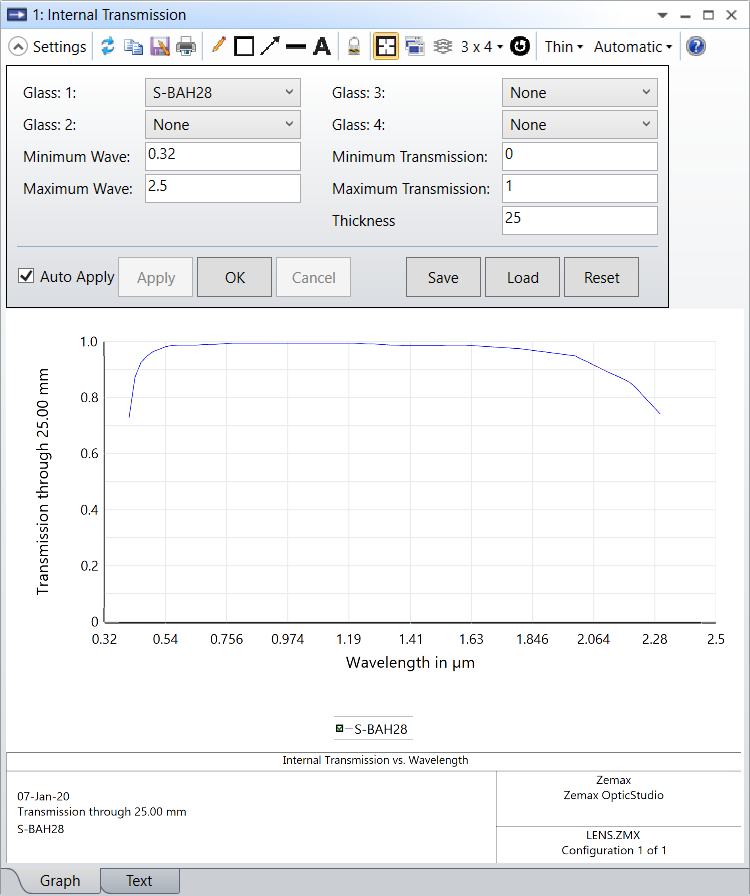More generic glass substitution template
I like using the glass substitution template but I wish there was a way to make it more generic. For example, I do lens designs that require glasses to transmit over certain bands or that have a minimum transmission. It would be great if the glass substitution template had a way to specify transmission at a particular wavelength or wavelengths to limit which glasses will be used during optimization.
Enter your E-mail address. We'll send you an e-mail with instructions to reset your password.






